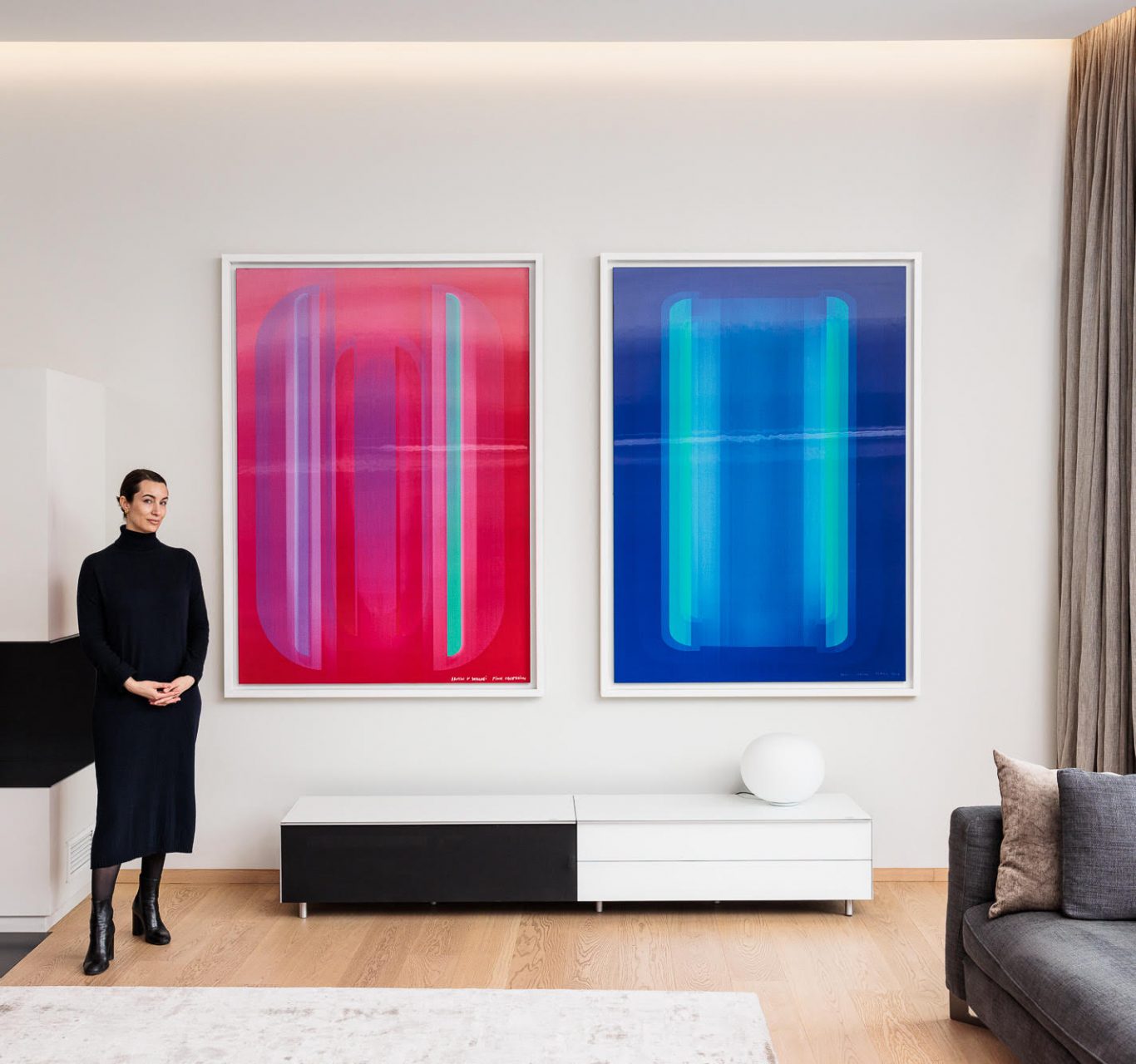
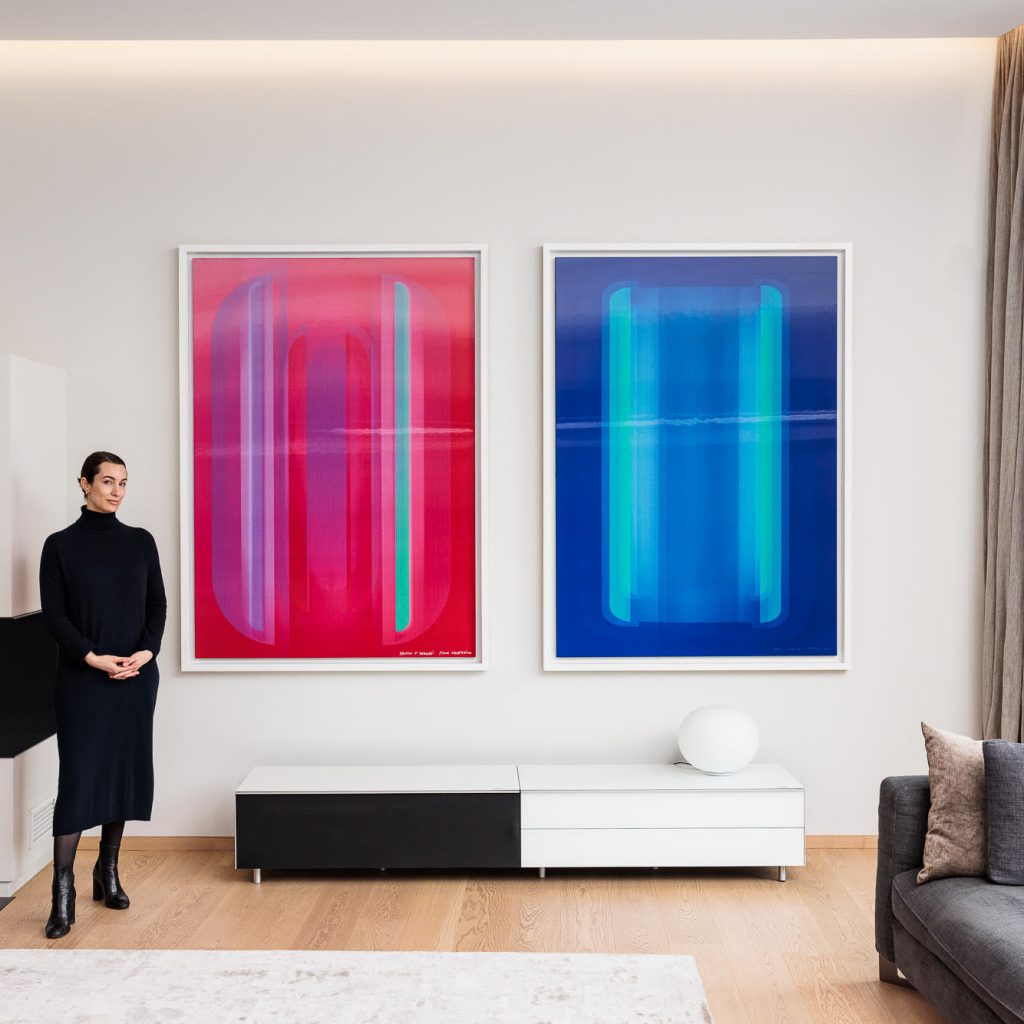
“Don’t try to control absolutely everything”
A grand cruise ship cuts heavily through the waves like a master of the sea, moving slowly forward day by day. In comparison, a small speed boat has more flexible capabilities: taking turns as it pleases, it is governed by its own rules. This analogy also describes the differences between private organizations and public art institutions. Managing an independent foundation comes with unexpected challenges, but it also offers a sense of liberty in many respects. Interview with Marie-Ève Lafontaine, the Artistic Director of the Dr. Éva Kahán Foundation.

The Dr. Éva Kahán Foundation was established in 2015 by Éva Kahán’s son Zoltán Aczél. Kahán, who studied law in communist Hungary, strongly supported fundamental democratic values: liberty, minority rights, equal access to education and artistic freedom. The organization’s founding purpose was to help socially disadvantaged students in Hungary by providing them with academic scholarships and tuition fee grants. Over the past few years, the foundation’s profile has expanded considerably: since 2018 they have opened three non-profit art spaces – two in Budapest, one in Vienna – and launched an artist-in-residence program on the grounds of their family estate in Tuscany.
The art historian and curator Marie-Ève Lafontaine took over as the Foundation’s Artistic Director in 2022 after working in major art institutions in Poland, New York, and Berlin. In this interview, we discuss her career shift, the foundation’s newly opened art space in Budapest, its mission and the political and social art scene in Central and Eastern Europe.
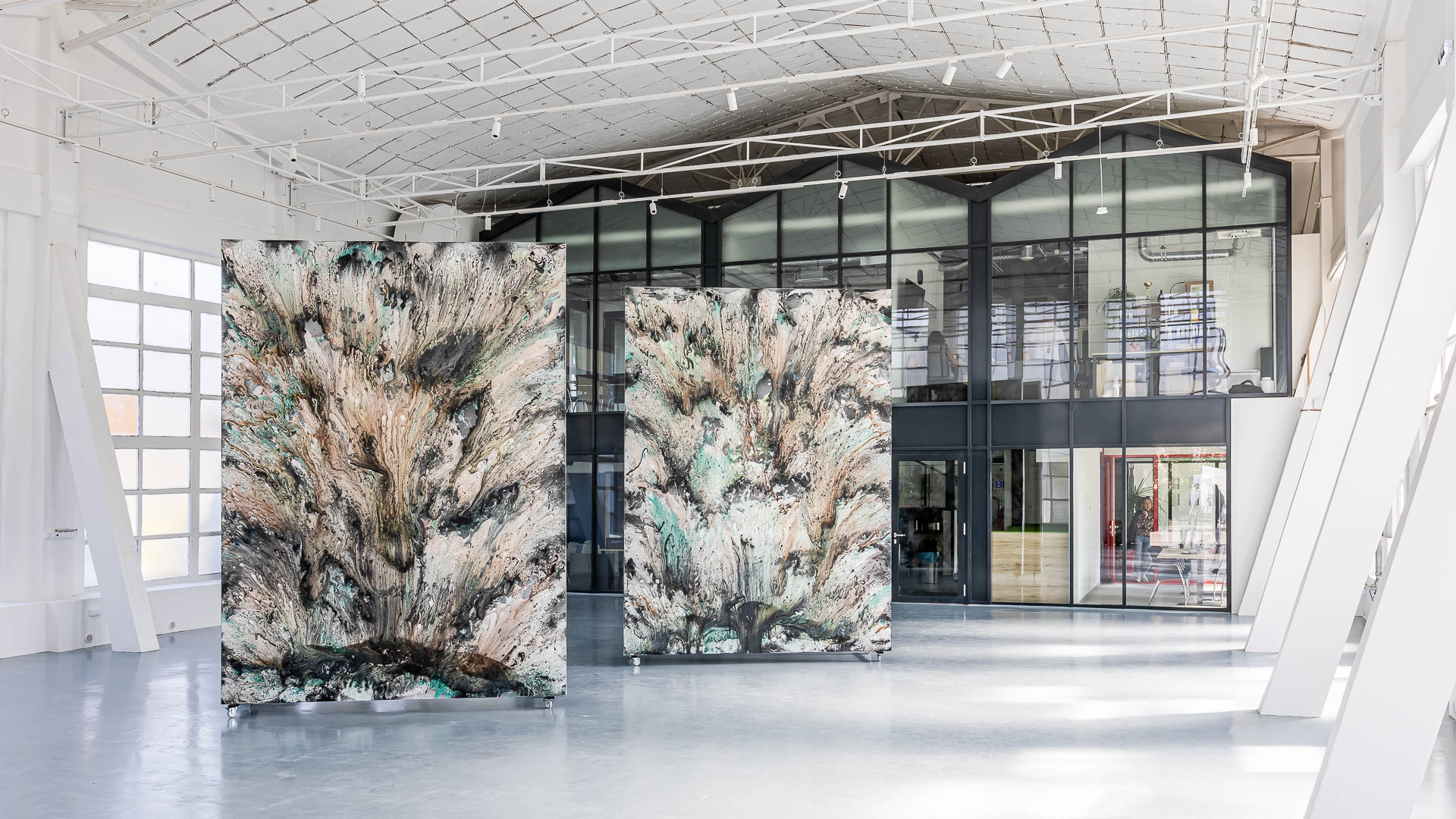
How has your career changed since taking the position at the Foundation?
Yes, it’s been quite a big change. I’ve always worked in larger institutions where normally you’re just one very small part of a much larger machine: you get to the office at 9AM, do your job, and leave at 5PM. But with the Éva Kahán Foundation, it’s something which has taken over my whole life, in a very good way.
In a museum, you’re usually only focused on making the exhibition. Once the exhibition is done, that’s it. But with the Foundation, we don’t just do exhibitions: we also produce publications, run an artist residency, manage a scholarship program, and sponsor exhibitions for Central and Eastern European artists across Europe. One thing which is always on my mind is how deeply involved we are in the current geographic social and political situation in Europe. This role comes with a much greater responsibility than I had before, but it’s very fulfilling to see the changes we are capable to make in the lives of young people.
What motivated the initiative to support young artists from Central and Eastern Europe?
It’s really two things: on the one hand, how I found it; on the other, how the Foundation found it.
I first started having contact with artists from the CEE region while I was working as a curator in Berlin and also during my first museum job in Poland. I was blown away by the quality of the work these local artists were producing, often under very challenging circumstances. Most of them couldn’t afford to make art full-time, but they had such unbelievable passion — it was as if they didn’t have a choice but to create because they had something inside them that had to be expressed.
By comparison, the Anglo-Saxon and North American art world can often be very elitist. It exists in its own bubble, sometimes far removed from reality. But the young artists I encountered in Central Europe were creating work that wasn’t just about their personal feelings; it was about the political situations in their countries, their own history, and their hopes and dreams connected to the broader region. That’s when I realized that this is the type of art I want to be involved with.
When I took on my position at the Foundation, I decided to make Central and Eastern Europe our focus. This wasn’t just because I think that it’s a valuable use of our time, but also because the Kahán family comes from this region. They’re primarily a Jewish family with roots in Ukraine, Hungary, and now Austria.
Before my arrival, the Foundation primarily focused on collecting ‘blue-chip’ artworks but didn’t give much attention to young or emerging artists, so we shifted our focus to accommodate them. This has proven to be really successful strategy in terms of outreach, which makes me very happy.
You mentioned the political situation in Europe. What opportunities and limitations do you see in Hungary and Austria?
While we try to have the same purpose in the two different locations, both spaces exist within very different contexts. Hence the feedback we get from the public differs accordingly. In Vienna, for example, we tend towards exhibitions with a strong political or social message because there aren’t many organizations doing this type of work there. This is because in Austria, artists have incredible access to funding, studio spaces, and an excellent university education. They don’t have to struggle so much with their existential identity as an artist with the government. There’s no official political agenda telling them, for example, what type of art they should make, or how they should identify themselves.
Hungary, however, is a completely different scene: there’s a much stronger political drive, especially among young people. The pressure in Hungary is like a net which is drawing ever tighter. That’s why our role is to push back those boundaries for as long as we can. My husband (Éva Kahán’s son Zoltán) always echoes his mother, saying “the first thing bad governments take away is artistic freedom”, meaning: repressive governments always strive to restrict the freedom of expression, including art, as a first rule. We see this consistently repeated throughout history.
By opening the Kahan Art Space in Buda in September 2024, you’re operating with three exhibition spaces. Do you see differences in the profiles of these locations?
Until now, our Vienna space has operated more as a professional exhibition venue, hosting international artists with Eastern European backgrounds. Our Budapest space, however, has been more like a project space, focusing on younger, emerging artists. We only went this route in the past because we were confined to limited amount of space. To respond to that, last year we took over a 400-square-meter warehouse space in Budapest, just twenty minutes from the city centre, where we can exhibit more ambitious work.
Our goal is to put together a program to elevate all three spaces to the same level in terms of outlook and purpose. Then we can have rotating exhibitions across the three spaces and mix it up in new ways.
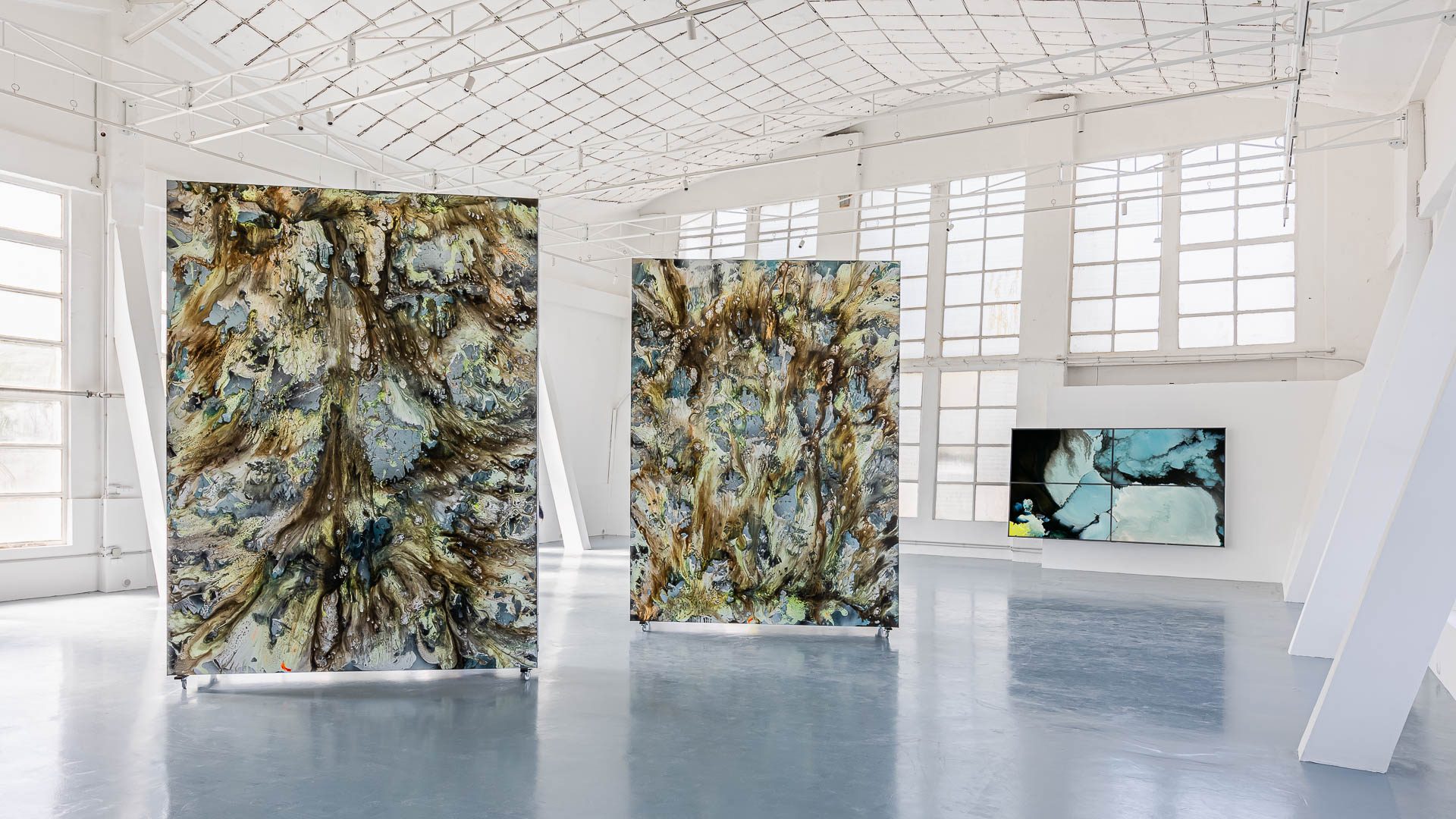
What about the residency programme?
The artist-in-residence program complements everything.
For most young artists coming from the CEE region, who have normal, full-time jobs, and are usually making art only in their spare time, it can be very difficult to find the time and mental space which allows them to daydream and be creative.
The residency works as follows: after an open call, we host up to three artists a year. They receive a monthly stipend, access to a car, and we always try to connect them with locals. For example, we had artists in the past who found it interesting to work together with a local Tuscan glassblower. We also invite curators, gallerists, and arts journalists to Italy to interact with the residents.
Do you keep in touch after the residency?
That’s the whole idea, especially since this is our own family foundation. During the residency we try to spend time together with the artists and in most cases we also buy a few art works from them to support them further financially. These pieces then become part of our own collection so. For us, it’s a very personal process.
Were you specifically looking for a rusty industrial building to repurpose into an exhibition space before finding the venue in Budapest?
Absolutely! In Budapest, unfortunately there are many beautiful old buildings with interesting architecture which are getting torn down, because of course, it’s cheaper to tear down and rebuild than to renovate. Our own space in Gyapot street has a unique character and roof construction. When we found it, we made a conscious decision prior the renovation to keep everything exactly as it was. Now, half of the warehouse functions as an exhibition space, and the other half is used for my husband’s offices. The offices are designed as “a building inside a building”, so to say (essentially a box within the historic architecture) so we didn’t have to touch much of the original supporting structure.
Ideally, we would like to find a space like this in Austria and do the same, but we haven’t been lucky enough yet. Many of the old industrial buildings were either torn down decades ago or turned into apartments more recently. In Budapest, however, you still have a lot of these wonderful old factory buildings dating from the post-war period.
How do you find the artists for your venues?
We constantly receive proposals and meet artists through our own network. The final decision is made by the board after discussion as a group. In the case of Márta Kucsora, she was a proposition from two of our Hungarian board members. I’ve known her and her work for years and always liked it very much. Her large scale paintings really fit into the warehouse setting because they’re huge and colourful. They make an amazing impression. On top of that, she recently moved her studio to the Budapest Art Factory, which makes her our new neighbour, so we decided that a collaboration would be a great fit for the neighbourhood.
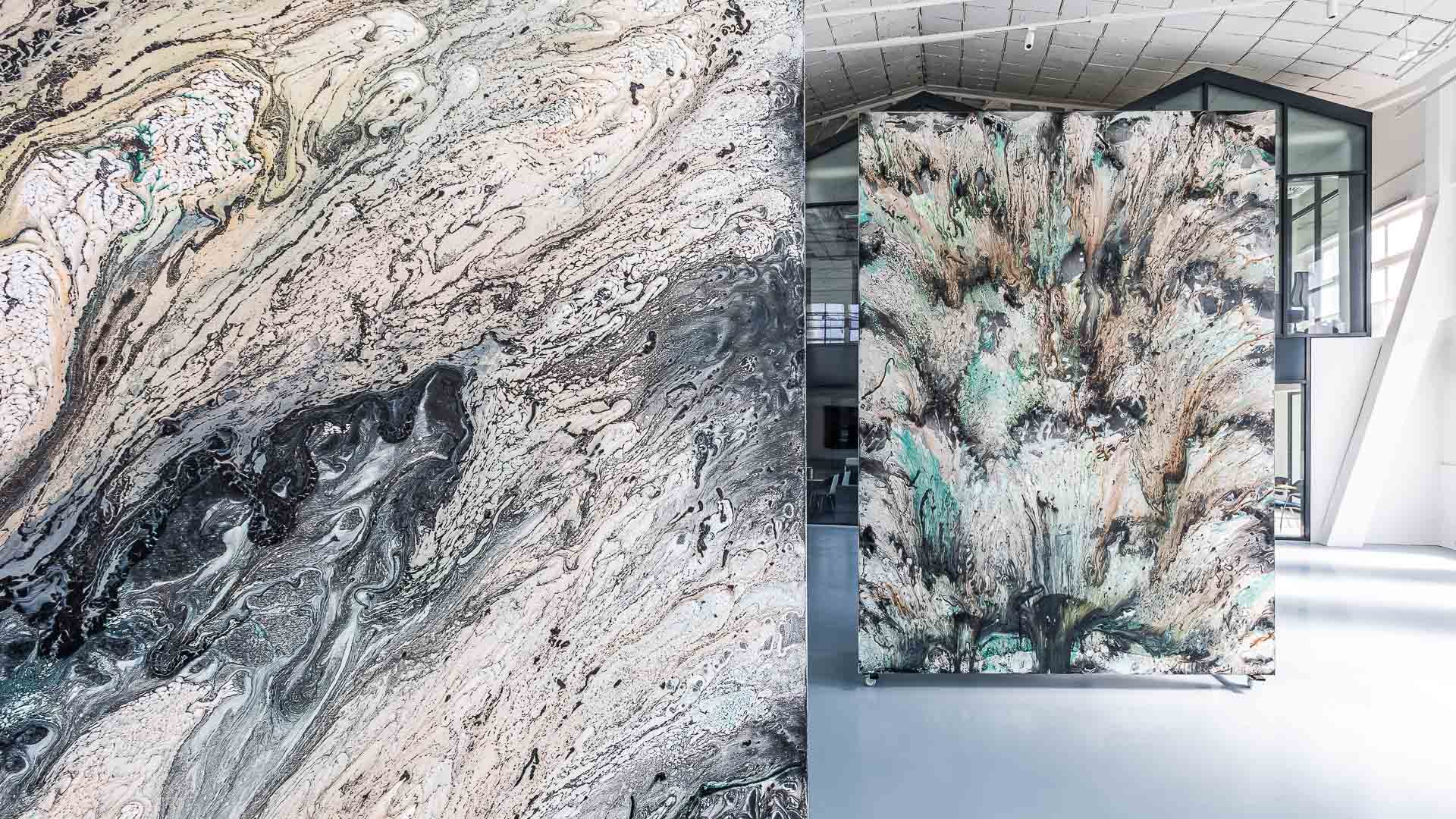
You started as a curator. Do you still curate besides managing all these places?
I haven’t curated a show for about two years now, since outside of the foundation I am mostly working in academia (editor’s note: Lafontaine is currently pursuing a PhD at Central European University in Vienna). We found that inviting outside curators to collaborate with our artists is more beneficial to our organization’s mission, which helps the artists by introducing them to the curators’ networks, but also creates opportunities for them to explore new experiences.
For example, pairing a Hungarian artist with a curator from London or Paris can sometime create later international exhibition opportunities for that particular artist. Outside curators can also bring their own fresh ideas into the organization. Many of them have never worked in Austria or Budapest before, so it’s an interesting experience for them too.
Do you have permanent help with organizing everything and managing all these places?
I have assistants in Vienna and Budapest, and we have someone with an oversight for the finances, events, etc but I manage most of the programming. When I compare my workload to other directors in the field, it seems quite standard. This means I can’t allow myself to get too involved in small details, like exhibition production – I leave that entirely to our production managers. If you start to micromanage everything, you lose sight of the goals that you’re trying to push your organization towards. I’ve seen many people in the art world make this mistake: trying to control absolutely everything, like standing behind the guy painting the walls to make sure they’re perfect – but if that’s your priority, other things don’t get done. This is something they don’t really teach in universities. You might learn how to balance a budget, but learning how to lead people is something that you can only learn from your own experiences over the years.
You’re also involved in art collecting. Do you plan to organize exhibitions showcasing your collection in the future?
Yes, absolutely. We lend pieces to different institutions quite frequently, but we haven’t yet reached the point of organizing our own exhibition of the collection. Ideally, we’d like to collaborate with an international institution to do that. At the same time, we need to itemize the collection properly. Over the past four years, we’ve built it up rapidly and which means that right now, most of the works are in storage. We’re now at the stage where someone needs to go through every piece and create an archive with detailed information about the artists and works. There are more than 200 pieces, so that’s a big project. It’s something I can’t currently manage, so I wouldn’t like to exhibit anything until all this background work has been completed. Doing this professionally is an important step.
Do you have plans for new collaborations or locations? Are you open to work in other countries?
I never say “never”! We’re definitely open to new opportunities but, right now, we’re somewhat limited. First, there’s the size of our team. Expanding to a new location would require more staff, and it takes time to find the right people and set everything up. Second, the current political situation in Europe is quite challenging – not only is there the war in Ukraine to consider, but problems in many other countries.
For now, we’re very happy where we are. If a good opportunity comes along, I tend to be more of a ‘yes’ person than a ‘no’ person. For the moment, we don’t have plans to open any further branches, but who knows? It could happen in the future, and I would be very happy about it.
Right now, we’re focused on making a difference where we are. Having spaces in Budapest and Vienna feels much more impactful than opening one in Paris, for example, where we’d be just one of dozens of similar organizations. In this part of the world, we can still truly make a difference, and that’s what matters to us.
We’re not trying to become famous, boost our profile, or chase media attention. Often, when we sponsor exhibitions, we don’t put our name or logo in the catalogue. In fact, we don’t even have someone working full-time on marketing. It’s not about recognition—it’s about helping where we’re needed.

// /
Exhibition photography: Egressy Orsi